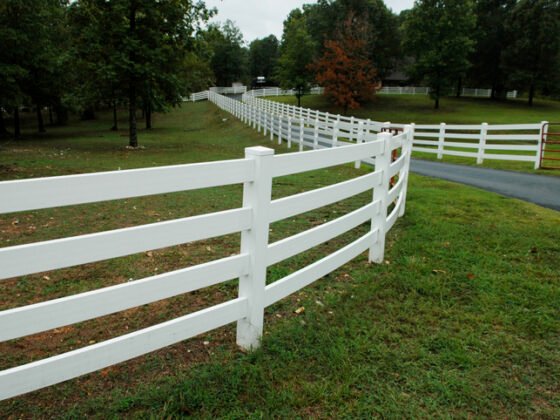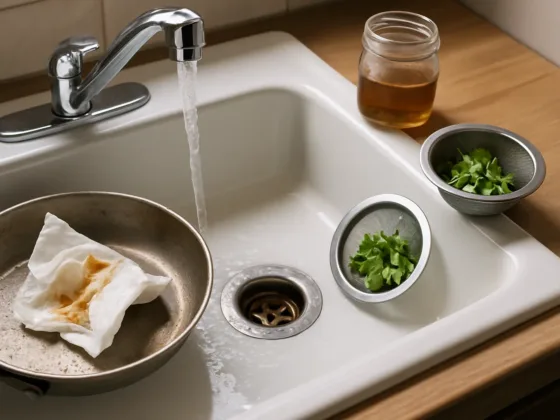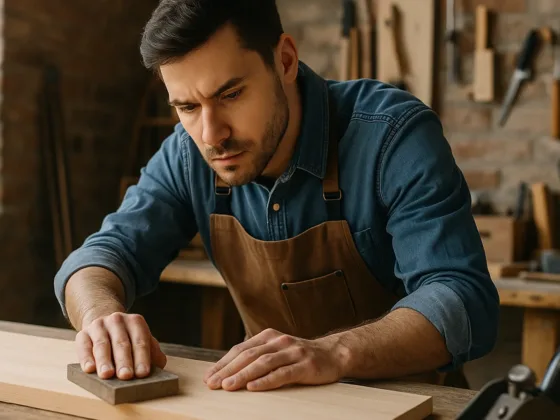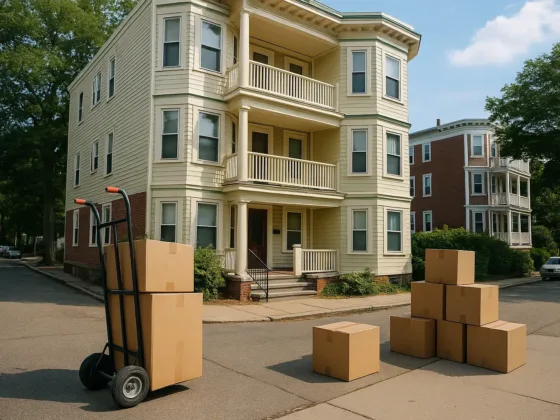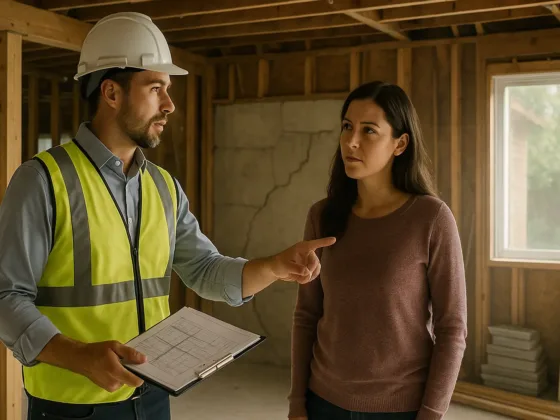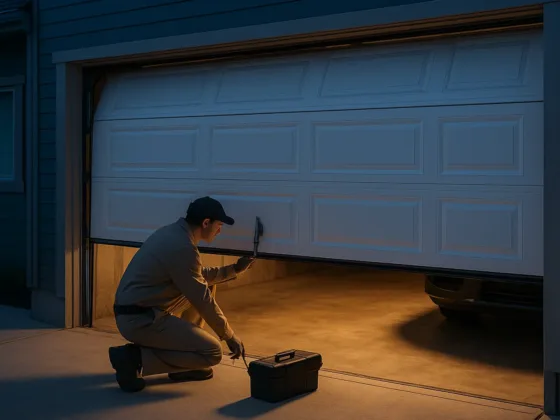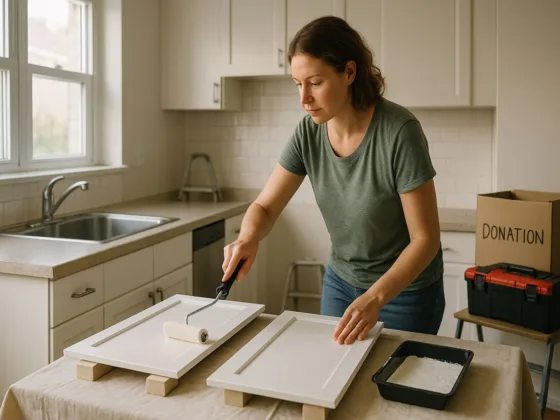Table of Contents Show
As you design or renovate your building, consider a flat roof for its modern aesthetic and space-saving qualities.
However, any flat roofer can tell you that proper drainage is essential for flat roofs.
Without it, your beautiful flat roof could quickly become a headache, causing costly damage to your property.
Flat roofs need a drainage system to prevent the accumulation of water, which can lead to leaks or structural damage.
By knowing the crucial aspects of flat roof drainage, you can help keep everything dry and ensure a damage-free roof for years. Find out what you need to know here!
The Importance of Proper Drainage For Flat Roofs
A flat roof without proper drainage is like a ticking time bomb.
Water can accumulate on the roof, causing many issues that may compromise the integrity and longevity of your roof.
Here are some reasons why proper drainage is paramount for flat roofs:
1. Avoiding water damage:
Water accumulation on a flat roof can lead to leaks, which may cause damage to the building and its contents. It can result in costly repairs and replacements.
2. Preventing structural damage:
Excess water on a flat roof adds significant weight, which can strain the building’s structure. Over time, this can lead to sagging or even collapse.
3. Prolonging the lifespan of your roof:
A well-drained flat roof is less likely to suffer from water damage, mold, or structural issues, ensuring a longer lifespan for your investment.
Now that you understand the importance of proper drainage let’s delve into some common flat roof drainage problems.
Common Flat Roof Drainage Problems
As you tackle the challenges of flat roof drainage, you may encounter some common problems.
Here are a few issues you might face:
1. Insufficient slope:
A flat roof should have a slight slope to encourage water to flow toward the drainage system. Water may pool on the roof if the slope is too shallow or nonexistent.
2. Blocked drains:
Debris, such as leaves, twigs, and dirt, can clog your drains, causing water to back up and pool on the roof.
3. Inadequate drainage capacity:
If your drainage system isn’t designed to handle the water your roof collects, it may become overwhelmed, leading to pooling and potential damage.
4. Poor installation or materials:
Low-quality materials or improper installation can result in a drainage system that doesn’t perform as it should, increasing the risk of water damage.
Now that you’re aware of some common drainage problems let’s explore the types of flat roof drainage systems available to you.
Types of Flat Roof Drainage Systems
There are several drainage systems to choose from for your flat roof. Consider these options and consult with a professional flat roofer to determine the best solution for your property:
1. Interior drains:
This system consists of drains placed at intervals along the roof’s surface, connected to pipes that carry water away from the building.
Interior drains are suitable for large roofs and help prevent water from overflowing the roof’s edges.
2. Scuppers:
Scuppers are openings along the roof’s perimeter that allow water to flow off the roof and into a gutter or downspout system.
They are commonly used with a slight slope to encourage water flow toward the scuppers.
3. Gutters and downspouts:
This system involves installing gutters along the roof’s edges to collect water and direct it into downspouts, which carry it away from the building.
Gutters and downspouts are popular choices for their simplicity and affordability.
With a drainage system in place, let’s discuss the key elements to ensure proper drainage on your flat roof.
Key Elements to Ensure Proper Drainage On a Flat Roof
To guarantee the effectiveness of your flat roof drainage system, keep these key elements in mind:
1. Adequate slope:
Ensure your roof has a slight slope—usually between 1/8 to 1/4 inch per foot—to direct water towards the drainage system. It can be achieved by using tapered insulation or a custom-designed roof deck.
2. Properly sized and placed drains:
Work with a professional to determine the appropriate number, size, and placement of drains for your roof. That will ensure your drainage system can handle the expected volume of water.
3. Regular inspections and maintenance:
Keep your drainage system clear of debris and functioning optimally by scheduling regular inspections and maintenance.
Now that you know the key elements, let’s discuss the importance of regular maintenance for your flat roof drainage system.
Regular Maintenance For Flat Roof Drainage
Establish a routine maintenance plan to keep your flat roof drainage system performing at its best. Here are some tasks to include:
1. Inspect and clear drains:
Check them regularly to ensure they’re debris-free. Clear any obstructions to prevent clogs and backups.
2. Clean gutters and downspouts:
Remove leaves, twigs, and other debris from your gutters and downspouts to ensure water flows freely.
3. Check for signs of damage:
Inspect your roof for water damage, such as stains, mold, or soft spots. Address any issues promptly to prevent further damage.
4. Monitor the roof’s slope:
Keep an eye on the slope of your roof to ensure it remains adequate for directing water toward the drainage system.
Next, let’s discuss the benefits of hiring a professional flat roofer.
Hiring a Professional Flat Roofer
While it may be tempting to handle your flat roof drainage issues yourself, hiring a professional flat roofer offers several advantages:
1. Expertise and experience:
A professional flat roofer has the knowledge and experience to assess your roof and recommend the best drainage solution properly.
2. Proper installation:
Professional flat roofers can ensure your drainage system is installed correctly, minimizing the risk of future problems.
3. Access to quality materials:
They have access to high-quality materials that will stand the test of time, providing you with a reliable drainage solution.
4. Warranty protection:
Hiring a professional flat roofer may provide you with warranty protection for materials and labor, giving you peace of mind.
Now let’s explore some flat roof drainage solutions and products on the market.
Flat Roof Drainage Solutions & Products
Various products and solutions are available to help you achieve proper drainage for your flat roof. Here are a few options to consider:
1. Tapered insulation:
Installing tapered insulation can create a slope on your flat roof, directing water toward the drainage system.
2. Roof drains:
Choose from various roof drains, including cast iron, PVC, or stainless steel, to suit your specific requirements and budget.
3. Gutter systems:
High-quality gutter systems can help prevent water from overflowing and causing damage to your building’s exterior.
4. Roof crickets:
These small, peaked structures can be installed to redirect water flow towards drains or scuppers, preventing pooling in problem areas.
Lastly, let’s discuss preventative measures for long-term flat roof drainage success.
Preventative Measures For Long-Term Flat Roof Drainage
To ensure your flat roof drainage system continues to function effectively, consider these preventative measures:
1. Regular maintenance:
Establish a routine maintenance plan to keep your drainage system clear and functioning optimally.
2. Inspect after severe weather:
After heavy rain or snow, check your flat roof for water accumulation, damage, or debris, and address any issues promptly.
3. Monitor rooftop equipment:
Keep an eye on equipment such as HVAC units, vents, and skylights, ensuring they’re properly sealed and not contributing to water intrusion.
4. Conduct periodic roof assessments:
Schedule regular assessments with a professional flat roofer to identify potential issues and make necessary repairs or adjustments.
Proper drainage is essential for the longevity and performance of your flat roof.
By understanding the importance of drainage, common problems, available systems, key elements, and preventative measures, you can ensure your flat roof remains dry and damage-free for years.
Consult a professional flat roofer for expert guidance and peace of mind.

